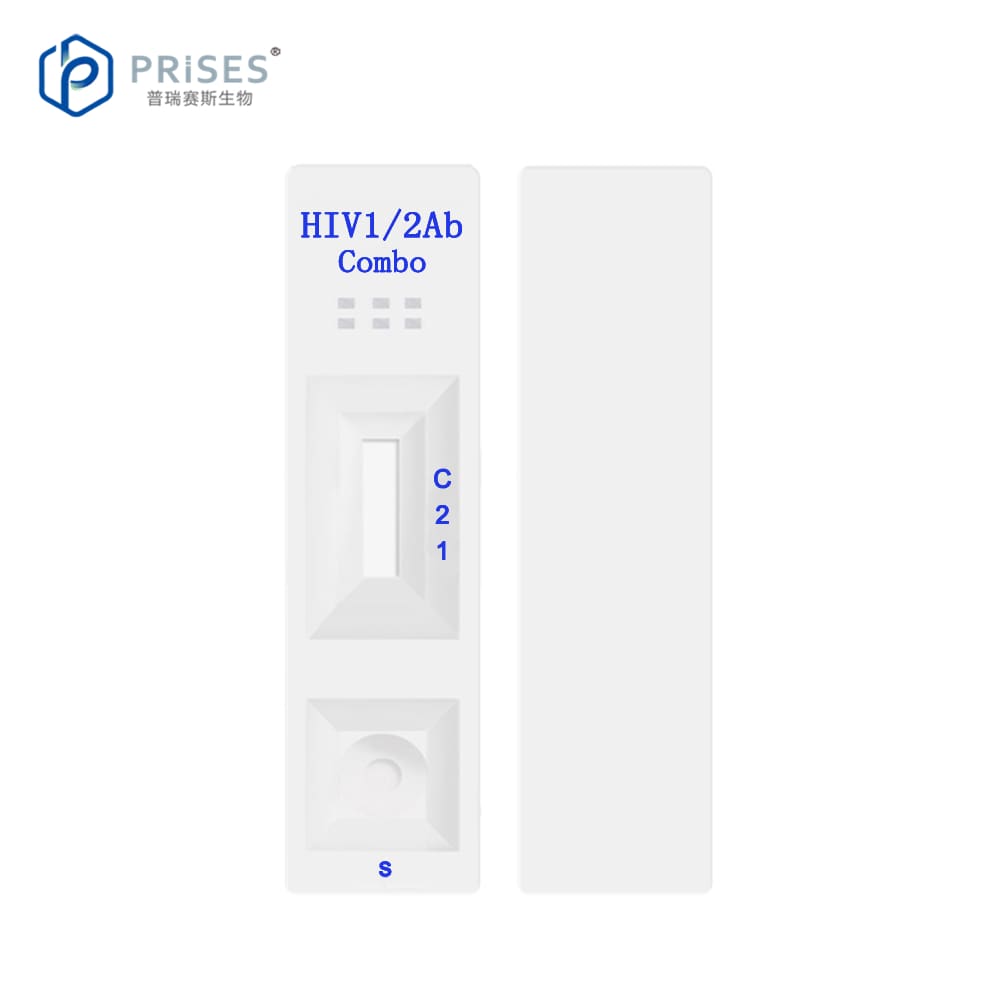ديسمبر . 27, 2024 07:45 Back to list
chikungunya test at home
Chikungunya Test at Home Understanding and Managing Your Health
In recent years, the global resurgence of infectious diseases has placed a spotlight on the importance of early diagnosis and management. Among these diseases is Chikungunya, a viral infection transmitted predominantly by Aedes mosquitoes. While traditionally limited to tropical and subtropical regions, new patterns of migration and climate change have expanded its reach. As awareness of Chikungunya grows, so does interest in convenient testing methods, including at-home testing options.
What is Chikungunya?
Chikungunya virus (CHIKV) leads to a disease characterized by fever and severe joint pain, as well as other symptoms such as headache, muscle pain, rash, and fatigue. The name Chikungunya comes from a word in the Makonde language, meaning that which bends up, a reference to the stooped posture of those afflicted with the disease due to joint pain. The symptoms typically appear 3 to 7 days after a person is bitten by an infected mosquito and can last for weeks or even months. In some cases, the joint pain may persist for years, significantly impacting the quality of life.
Recognizing Symptoms and When to Test
Recognizing early symptoms of Chikungunya is crucial for effective management. Common signs include sudden onset fever, intense joint pain, and fatigue. While many people recover fully, some may experience persistent symptoms that require medical attention.
If you experience these symptoms, it may be prudent to conduct a test to confirm whether you have contracted the virus. Traditionally, diagnosis involves blood tests performed in a laboratory. However, emerging at-home testing options can provide quicker results, helping individuals take timely action and seek medical care if necessary.
The Rise of At-Home Testing
chikungunya test at home

At-home health testing has gained popularity due to its convenience and privacy. Many individuals prefer this method as it allows them to conduct tests in their own space, without the need to visit a laboratory or clinic. In the case of Chikungunya, at-home tests typically involve a blood sample, which can be collected using a simple finger prick method. These tests may detect specific antibodies against the virus or the viral RNA itself, depending on the type and technology used.
With the growing availability of at-home Chikungunya tests, it is essential to understand their benefits and limitations. They provide a swift solution for individuals in areas where access to healthcare services may be limited. Quick testing can also assist in containing outbreaks by enabling individuals to self-isolate based on results.
Understanding Limitations
Despite the benefits, at-home testing is not without its limitations. False negatives can occur, especially if the test is taken too soon after infection, as antibodies may not be present immediately. Additionally, these tests may not be as accurate as laboratory tests conducted by healthcare professionals. Therefore, it remains essential to consult with a healthcare provider for further evaluation and confirmation of results.
Moreover, positive results should lead to appropriate medical follow-up. Understanding the local public health guidelines regarding Chikungunya is critical, especially if one lives in or travels to areas prone to outbreaks.
Preventative Measures
Control measures are equally important in managing Chikungunya outbreaks. Preventive strategies focus on reducing mosquito populations and protecting individuals from bites. This includes using insect repellent, wearing long-sleeved clothing, and eliminating standing water where mosquitoes breed.
In conclusion, the emergence of at-home testing for Chikungunya presents an innovative and practical approach to health management, particularly in today’s fast-paced world. However, awareness of the limitations and the importance of follow-up care cannot be overstated. As always, the best strategy in managing health is through prevention, education, and timely medical care. By staying informed and taking proactive measures, individuals can protect themselves against Chikungunya and contribute to the broader efforts of public health management.
-
Dengue NS1 Rapid Diagnostic Test Kit
NewsMar.07,2025
-
Dengue NS1 Rapid Diagnostic Test Kit
NewsMar.07,2025
-
Dengue NS1 Rapid Diagnostic Test Kit
NewsMar.07,2025
-
Transferrin Rapid Test Cassette Tumor Marker TF Card
NewsMar.07,2025
-
Malaria Pf Pan Rapid Diagnostic Test Kit
NewsMar.07,2025
-
malaria pf / pan ag rapid test
NewsMar.07,2025

